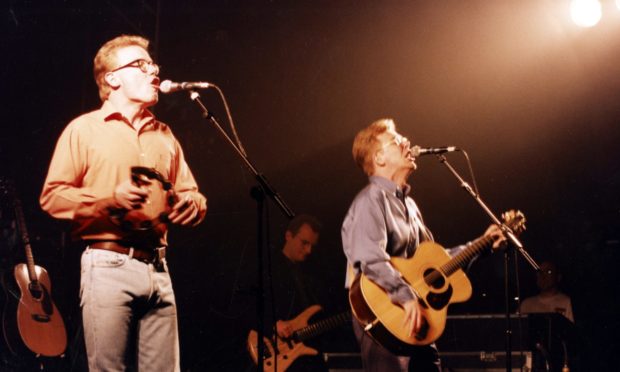Sometimes I fool myself that class has disappeared. Class in the sense of differing social strata, most famously articulated in the trinity of the working class, the middle class and the upper class.
I’m not sure I want to enter into the detailed socio-economic-political nuances of these definitions or to what degree they still apply today, though I have no doubt they do.
I think most of us can still identify ourselves, by background, with one of these categories, even if, by income, we are now in a different class. That applies as much moving from a middle-class background to a low-income or unemployed category so that we would now identify ourselves with the working class – historically, and often, called the poor. The “feckless poor” as the Victorians – and current ideology – put it.
I’ve always been interested in how these class distinctions manifest themselves besides – or over and above – the simple indices of income and wealth.
The status a nice car gives you, for instance. Or a posh accent. Or polished shoes. Or, nowadays, those Black Box Hip Hop Rapper’s Delight Sneakers that cool football managers like Pep Guardiola wear. You can buy them off eBay for £328.50, which is slightly more than my wellingtons cost.
I’m particularly interested in how speech either boasts of or betrays our class. Of course, that’s a very moveable feast, for what’s chic today is old fashioned tomorrow and what was scoffed at the other day is valued as the latest retro today. The Cockney accent, for instance, which at one time was given low status, is now a much sought-after part of the linguistic wardrobe.
We have out own charts much nearer to home. At one time my own native accent was mocked as being a bit ‘teuchter’, but as the years have passed it’s become increasingly valued and loved. I’m more than delighted that dialects are making a comeback, since we all became a bit tired of that mid-Atlantic twang that placed no one anywhere.
Maybe Covid too has helped in that localisation – the more we’ve come to rely on the local fisherman and the local butcher and the local postie the more we realise the real treasures we have on our own doorsteps.
I’m certainly of that generation who were brought up through an education system which – often unconsciously – told us that what lay beyond the island was inevitably and naturally better than what lay on it. There was better weather there, and better prospects, and better money, and more beautiful women. Well, maybe not that bit, because who was more beautiful than Dolina?
So we learned to talk like the people over the water too. In English, and not in our native Gaelic. And, until The Proclaimers grasped the thistle and sang in their own Fife accents, we sang the way Perry Como or Elvis Presley or John Lennon did.
But there may be no escape from the way we speak, for it is who we are. “Fit like?” reveals you, as does “Ciamar a Tha?”. And the way you say it – addressing someone as “friend” rather than “pal” or “mate” (I find that one hard to thole).
So, I try to greet people, unless I know them very well, by saying, plainly, “How are you?” rather than “How you doin’, pal?” or “How’s things, mate?”.
Which brings me to one of the best examples I know of the class use of language. Mrs Helen Carnegie, of Montrose, died in 1818, at the advanced age of 91. She was an ardent Jacobite, and very aristocratic in her ways, but on social terms with many of the (more common) burghers of the day. She preserved a very nice distinction in her mode of addressing people according to their rank and station. She was fond of a game of quadrille (whist) and sent out her servant every morning to invite the ladies required to make up the game.
“Nelly, ye’ll gang to Lady Carnegie’s, and mak’ my compliments, and ask the honour of her ladyship’s company, and that of the Miss Carnegies, to tea this evening. If they canna come, ye’ll gang to the Miss Mudies, and ask the pleasure of their company. If they canna come, ye maun gang to Miss Hunter, and ask the favour of her company. If she canna come, ye maun gang to Luckie Spark and bid her come.” (Dean Ramsay’s Reminiscences of Scottish Life and Character).
Choose and hear your words carefully, loons and quines.
Angus Peter Campbell is an award-winning writer and actor from Uist
